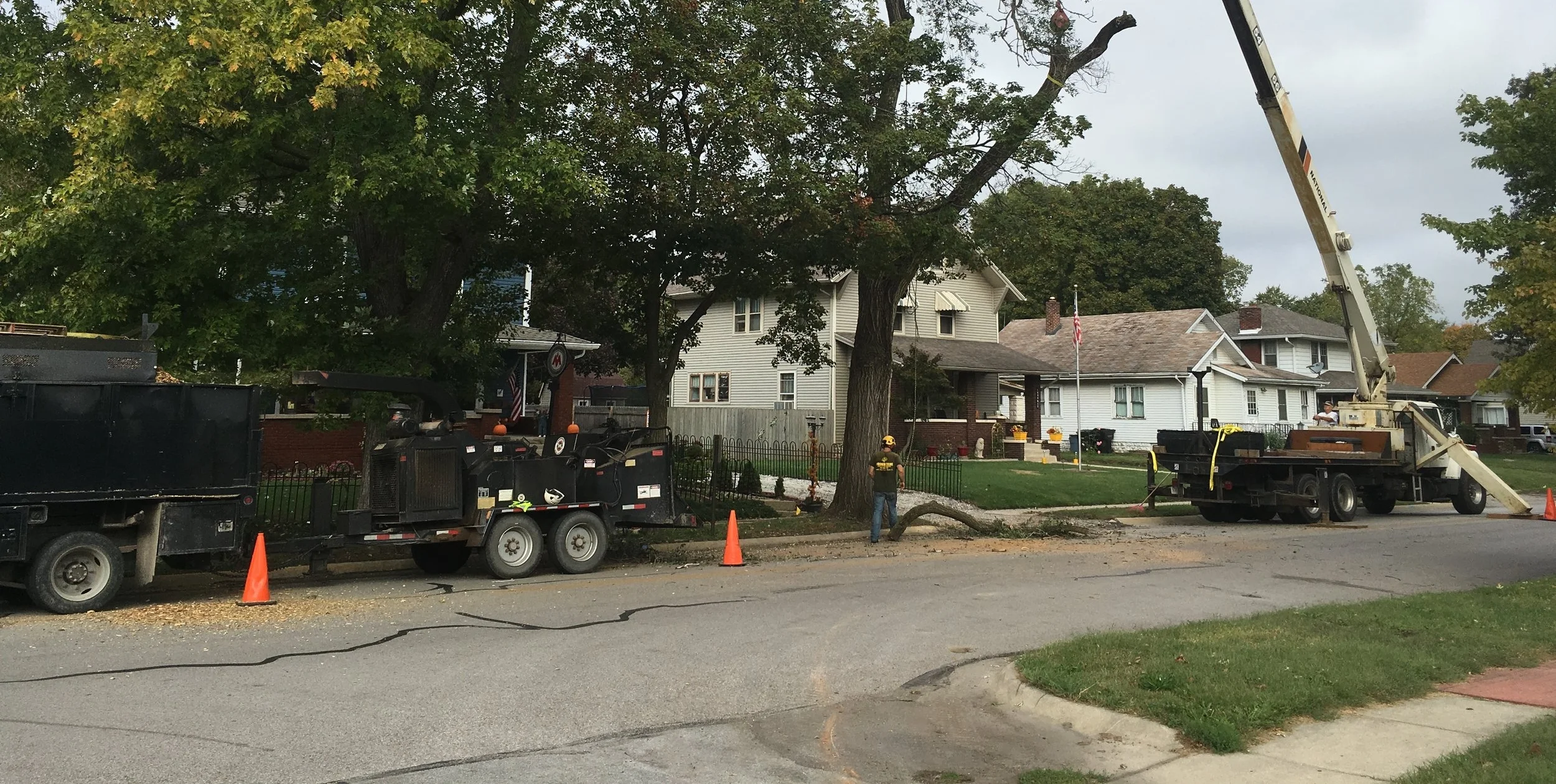A Historical Glimpse into Arborculture
/Arborculture is a relatively unknown and new profession. Most people are unaware of the history of Arborculture and how the arborist profession came about. Prior to the 1900’s, there was little information about tree care available to people who wanted to preserve their trees. “During that same era, expanding industrialization and urbanization were adding new stresses to trees, and the detrimental effects were becoming apparent.” (ISA) Those concerned with tree welfare began doing research and forming alliances with other researchers. “It was not until 1924, however, that members of the Connecticut Tree Protective Association convened a meeting that would plant the seed of the organization that would ultimately revolutionize the tree care industry.” (ISA) “The International Society of Arboriculture [ISA] began as a marriage of convenience between progressive commercial arborists and scientists whose research concerned trees. Until then the industry was largely unregulated and uninformed.” (ISA)
“Today the ISA continues to be a dynamic medium through which arborists around the world share their experience and knowledge for the benefit of society.” (ISA) They provide information, education and certification to those who spend their careers in the tree care industry. “When a professional becomes an ISA Certified Arborist, they should be recognized by their peers and the public as a tree care professional who has attained a generally-accepted level of knowledge in areas such as tree biology, diagnosis, maintenance practices, safety, and other subject and practice areas within the tree care profession as identified through periodic job task analyses.” (Trees are good)
If it weren’t for the founders of the ISA, researchers, forestry experts and the current certified aborists, we would continue to be completely unaware and uninformed about the maintenance, health and well-being of our trees.
Browning Tree Service employs Joshua Browning ISA certified arborist license #KY-9849A who is a proud member of Indiana Arborist Association and International Society of Arboriculture, serving the West Lafayette and Lafayette, Indiana area!
Resources:
https://www.isa-arbor.com/Credentials/Types-of-Credentials/ISA-Certified-Arborist
https://www.isa-arbor.com/Portals/0/Assets/PDF/About/ISA-Memory-Lane.pdf










